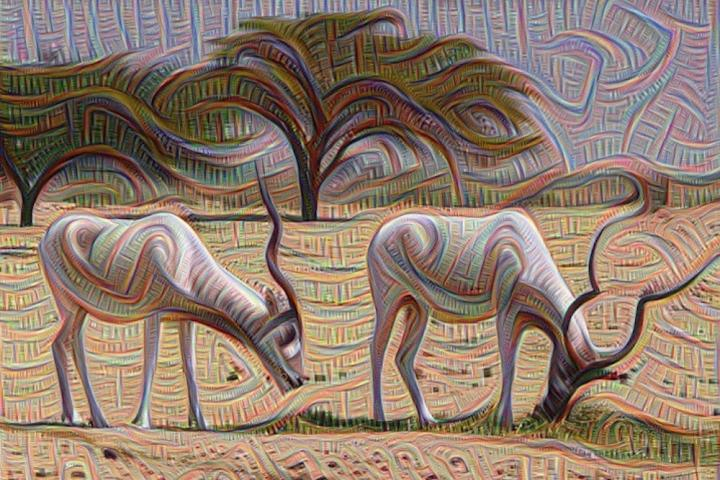What we see and what we imagine that we'd see is different, confirm researchers based on artificial intelligence studies on human brain imagery.
Researchers at the Medical University of South Carolina found that human brain uses similar visual areas for mental imagery and vision as a machine, but it uses low-level visual areas less precisely with mental imagery than with vision. It means our brain doesn't store the details in our vision as perfectly as a machine.

The findings, published in Current Biology, provide insights into the field by refining methods to study mental imagery and vision with potential to broad applications for mental health disorders, especially the post-traumatic stress disorder (PTSD).
The key symptom of PTSD is intrusive visual reminders of a traumatic event. With the help of current study, if neurologists can understand better the neural function behind these intrusive thoughts, they can recommend better treatments for PTSD, say researchers.
The research team led by Thomas P. Naselaris, an associate professor in the Department of Neuroscience of MUSC, said the findings help answer an age-old question about the relationship between mental imagery and vision.
"We know mental imagery is in some ways very similar to vision, but it can't be exactly identical," explained Naselaris. "We wanted to know specifically in which ways it was different."
Artificial Intelligence to Help
They used artificial intelligence or machine learning to view and process images. While inside the MRI, participants were asked to view images on a screen and were also asked to imagine images at different points on the screen. It enabled researchers to define which parts of the brain were active when participants viewed a combination of animate and inanimate objects.

Then these brain areas were mapped, and compared the results from the computer model to human brain function to discover that both the computer and human brains functioned similarly.
Areas of the brain from the retina of the eye to the primary visual cortex and beyond are both activated with vision and mental imagery. However, in mental imagery, the activation of the brain from the eye to the visual cortex is less precise or diffuse.
This is similar to the neural network. With computer vision, low-level areas that represent the retina and visual cortex have precise activation. With mental imagery, this precise activation become diffuse. It means while visualizing, brain activitiy is less precise on details.

In people with PTSD, invasive images of traumatic events can become debilitating and feel like reality. By understanding how mental imagery works, scientists can now better understand mental illnesses characterized by disruptions in mental imagery, said Naselaris.
Next, other mental health problems characterized by mental imagery disruptions, such as schizophrenia can be studied, said Naselaris though "that's very long term."









